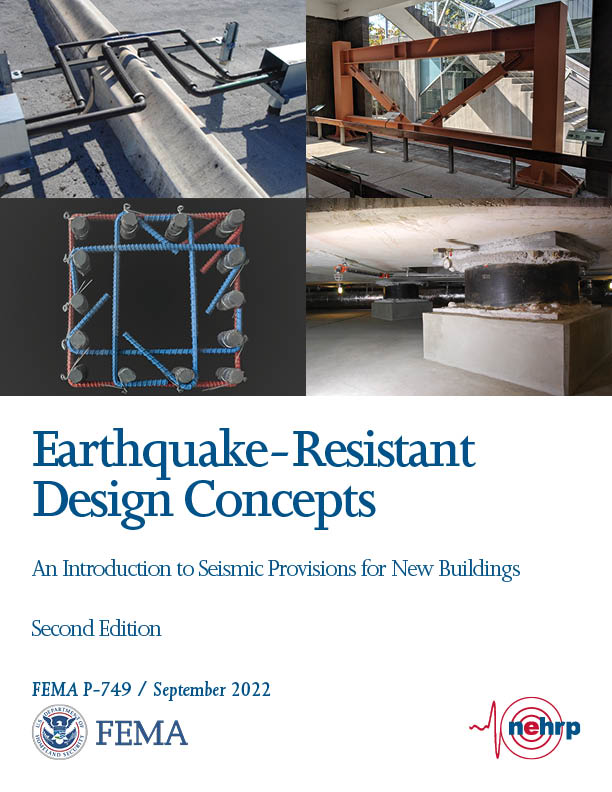COMPLETED PUBLICATIONS
2022
In 2022, ATC projects resulted in the publication of seven reports. These reports included:
 |
February 2022 – Utah K-12 Public Schools Unreinforced Masonry Inventory Methods, Findings, and Recommendations, prepared in collaboration with the Utah Division of Emergency Management and FEMA Region 8, highlights the urgent need for action to reduce the earthquake risk from unreinforced masonry buildings in public school inventories. |
 |
March 2022 – NIST GCR 22-917-50, Benchmarking Evaluation Methodologies for Existing Reinforced Concrete Buildings, summarizes the findings of the NIST-funded ATC-134 project series that was initiated in 2016. In this project, analytical models for eight reinforced concrete structures were created following provisions in ASCE/SEI 41‑17, Seismic Evaluation and Retrofit of Existing Buildings, and results were compared to observed performance of buildings subjected to earthquake shaking to benchmark the performance of computer simulation models. The report includes recommended improvements to the currently published procedures for consideration by the ASCE Standards Committee on Seismic Rehabilitation and ACI 369 Seismic Repair and Rehabilitation Committee. |
 |
August 2022 – The Coastal Inundation in Developed Regions: Experimental Results and Implications for Engineering Practice, was prepared for University of Notre Dame with funding from NIST. This report presents the results of a series of experimental and numerical studies of wave and current flow through developed coastal regions and recommends possible improvements to engineering practice and flood design provisions in building codes and standards. |
 |
September 2022 – NIST GCR 22-917-51, Research Plan for the Study of Pre-Northridge Earthquake PJP-welded Column Splices and Weak Panel Zones, was prepared under the NIST-funded ATC-153 project and defines the scope of a comprehensive, long-range research plan to better understand the seismic behavior of two major vulnerabilities of pre-Northridge steel moment frames: column splices constructed with partial joint penetration groove welds (PJP column splices) and weak panel zones in beam-to-column moment connections. |
 |
September 2022 – A second edition of FEMA P-749, Earthquake-Resistant Design Concepts: An Introduction to Seismic Provisions for New Buildings, was prepared under the FEMA-funded ATC-137 project. The second edition was expanded to cover a wider range of topics than the previous edition, and includes updates for consistency with the latest design standards. FEMA P-749 provides an overview of earthquake-resistant design concepts and their context within the seismic requirements of U.S. building codes. The document is written for both a general audience to present a high-level, approachable explanation of the basis and intent of U.S. seismic provisions and an engineering audience, and provides a walkthrough of the seismic design process for new buildings.
|
 |
September 2022 – The Proceedings of FEMA-Sponsored Workshop on Functional Recovery, presents the findings and conclusions from a workshop intended to coordinate the various efforts related to functional recovery being undertaken at the local and national levels, and to advance the concepts of reoccupancy and functional recovery using the latest information from the FEMA-funded ATC-138 project. |
 |
December 2022 – SPONSE/ATC-161, Proceedings of Fifth International Workshop on Seismic Performance of Non-Structural Elements (SPONSE) was published following the event held December 5-7, 2022. The workshop, focused entirely on research and design practice for nonstructural elements, was organized jointly by ATC, the European Centre for Training and Research in Earthquake Engineering (EUCENTRE) and the International Association for the Seismic Performance of Non-Structural Elements (SPONSE), and hosted by the John A. Blume Earthquake Engineering Center at Stanford University. |
